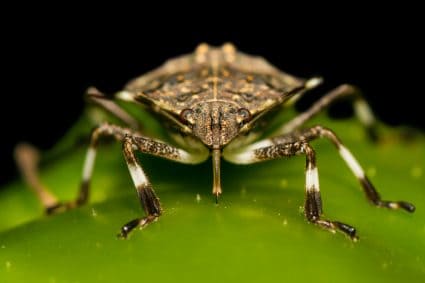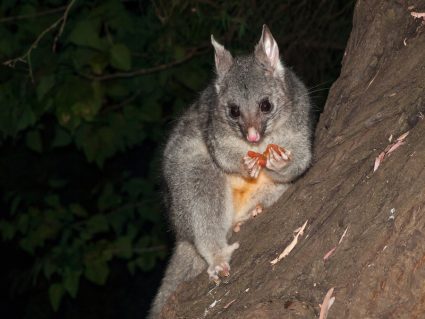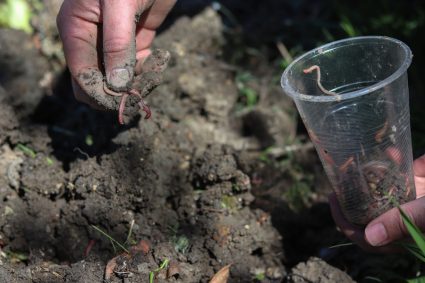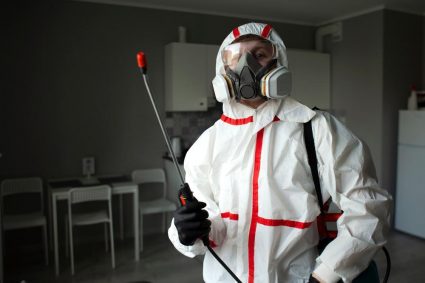
The Spotted Lanternfly (Lycorma delicatula) is an invasive pest that has caused significant concern in recent years due to its destructive feeding habits. Native to parts of Asia, it was first detected in North America in 2014 and has since spread across several eastern U.S. states. The Spotted Lanternfly poses a severe threat to various sectors, including viticulture, fruit trees, ornamentals, and timber, due to its voracious feeding on economically important crops.
Given the destructive nature of these pests, many homeowners and farmers are searching for effective ways to eliminate them. One question that frequently arises is, “Does bleach kill Spotted Lanternfly?” In this article, we will delve into this question, exploring the effectiveness of bleach against this pest and discussing other control methods that have proven successful.
While bleach is a potent disinfectant, it is not recommended for use against Spotted Lanternflies. It can cause harm to plants, humans, and pets. More effective and environmentally friendly methods include crushing or swatting the insects, spraying them with a solution of dish soap and water, or using vinegar.
What is Bleach and How Does it Work as a Killing Agent?
Bleach is a common household disinfectant known for its antimicrobial properties. Its active ingredient, sodium hypochlorite (NaClO), reacts with organic compounds, leading to the denaturation or destruction of many proteins. This general chemical reactivity makes bleach an extremely versatile disinfectant. However, is it effective against pests like the Spotted Lanternfly?
Does Bleach Kill Spotted Lanternfly?
While bleach is a potent disinfectant, its use against Spotted Lanternflies is not recommended. It can cause more harm than good, damaging plants and posing potential health risks to humans and pets. Instead, there are other methods to deal with these pests. Crushing or swatting individual insects is considered the most effective and environmentally friendly way to kill them. Additionally, a solution of dish soap and water can be sprayed on one or two Spotted Lanternflies to kill them. Vinegar, a natural insect repellent, can also be used to kill lanternflies without damaging plants.
Research on Bleach and Spotted Lanternflies
Currently, there is no empirical evidence or research specifically focused on bleach’s effect on Spotted Lanternflies. Instead, researchers are exploring the use of insecticides, mechanical control, host reduction, and biological control options such as entomopathogenic fungi and parasitic wasps.
Potential Hazards of Using Bleach
Using bleach to kill pests can have several potential negative impacts. These include respiratory issues, skin and eye irritation, and environmental impact. Furthermore, bleach can damage surfaces and fabrics, may not be effective in killing pests hiding in cracks and crevices, and can create potential health risks for children and pets.
Effective Control Methods for Spotted Lanternfly
Several methods have been proven effective in controlling Spotted Lanternfly populations. These include mechanical control (crushing adults and nymphs, scraping egg masses, and using traps), host tree reduction (removing or killing the preferred host trees), chemical control (using insecticides like insecticidal soap, neem oil, and paraffinic or mineral oils), systemic insecticides (applied to trap trees), and biological control (ongoing research into potential parasitoids or pathogens as a long-term control solution).
Preventive Measures
Prevention is better than cure. Regular property inspection, promoting plant health, scraping eggs, using traps, chemical control when appropriate, awareness of quarantine zones, inspecting vehicles and outdoor equipment, parking with windows closed, avoiding storage under infested trees, and removing and destroying pests are all effective preventive measures against Spotted Lanternfly infestation.
In conclusion, while bleach is a powerful disinfectant, it is not recommended for use against Spotted Lanternflies. Instead, homeowners and farmers are advised to use a combination of mechanical, chemical, and biological methods to control and manage Spotted Lanternfly populations effectively.
Frequently Asked Questions
What is the Spotted Lanternfly’s preferred host tree?
The Spotted Lanternfly’s preferred host tree is the Tree of Heaven (Ailanthus altissima), an invasive species itself, native to China.
Can Spotted Lanternflies fly?
Yes, adult Spotted Lanternflies have wings and can fly. However, they are not strong fliers. Instead, they primarily hop or jump.
Are Spotted Lanternflies harmful to humans or pets?
Spotted Lanternflies are not harmful to humans or pets. They do not bite or sting. However, their feeding can cause significant damage to trees and crops.
What states are currently affected by the Spotted Lanternfly?
As of the time of writing this article, the Spotted Lanternfly has been found in several eastern U.S. states, including Pennsylvania, New Jersey, Delaware, Virginia, and Maryland.
What time of year are Spotted Lanternflies most active?
Spotted Lanternflies are most active from late spring to fall. The nymphs start to appear in May and mature into adults by July. They remain active until the frost in late fall.
What do Spotted Lanternfly eggs look like?
Spotted Lanternfly eggs are small, brownish-gray, and covered with a yellowish-brown, waxy substance. They are usually laid in rows or clusters on tree trunks, stones, and other hard surfaces.









